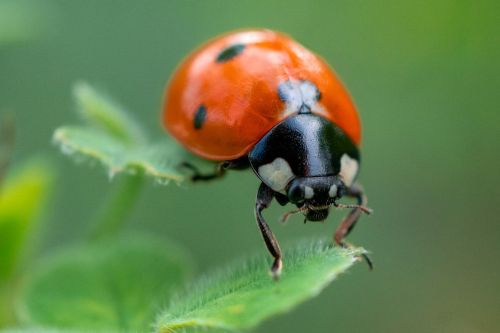They get their name from the fact that they often damage crops and cause losses. At least that used to be the case, as the population of these insects has declined significantly in recent years and they do not pose a real threat. They are related to grasshoppers, locusts, and crickets. They lead a nocturnal lifestyle, thus avoiding the threat of birds, which, due to the large size of the cricket, do not have trouble spotting them.
It also lives in northern Africa and western Asia.
They can be found in meadows, agricultural fields, wetlands, and river valleys. They can also make their home in greenhouses.
Its body is covered with small, fine, velvety hairs that give it an iridescent reflex. It is translucent and covered with veins arranged in a grid pattern. They are undulating most of the time, as the turtle rarely uses them, remaining mostly underground.
These limbs resemble a combination of a shovel and a rake and significantly facilitate the insect's underground work. They spend most of their lives underground, where they dig intricate tunnel systems.
However, they supplement it with meaty foods such as snails, earthworms, spider mites, and wireworms.
Such a network can reach deeper than a meter below the surface of the ground and is composed of intersecting tunnels, which, however, are too narrow to maneuver through, so these insects only move forward and backward in them.
This is to lure females and to increase the loudness of the sounds they make, they build a special resonating chamber underground.
They are stored in a specially prepared underground chamber and watched over by the female. To raise the temperature in the nest, the female may bite the roots of plants growing above it to make them wither and allow sunlight to reach the soil. The eggs hatch 10 to 20 days after laying.
They undergo six moults before reaching adulthood, a process that can take from one to three years. These insects give birth to one generation per year.
They used to be exterminated by humans as well, but their population has drastically decreased and they no longer pose much of a threat to crops.





